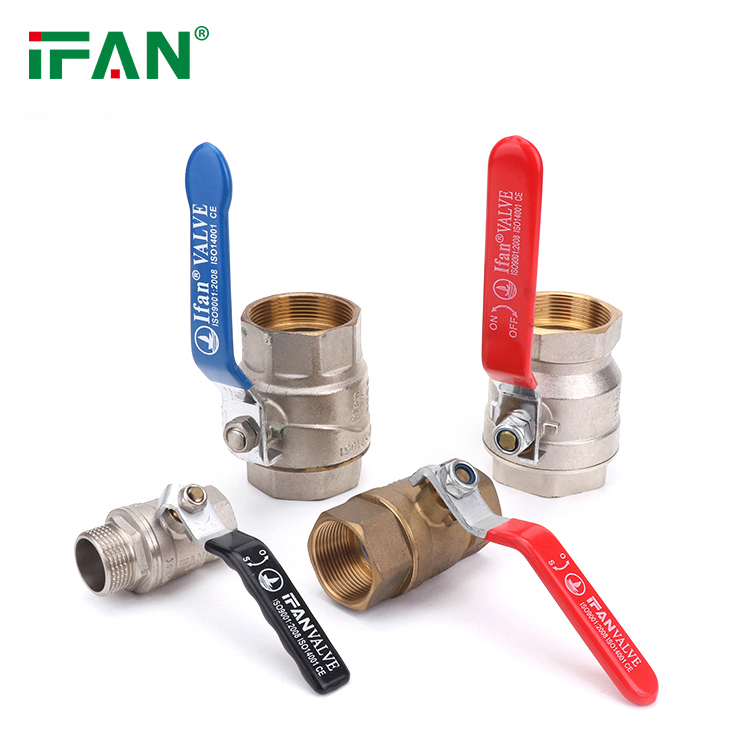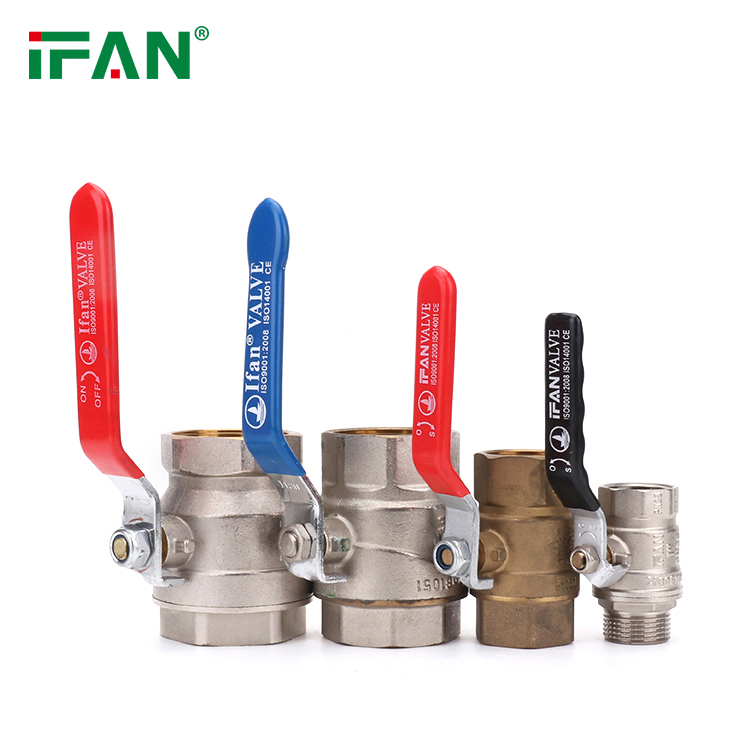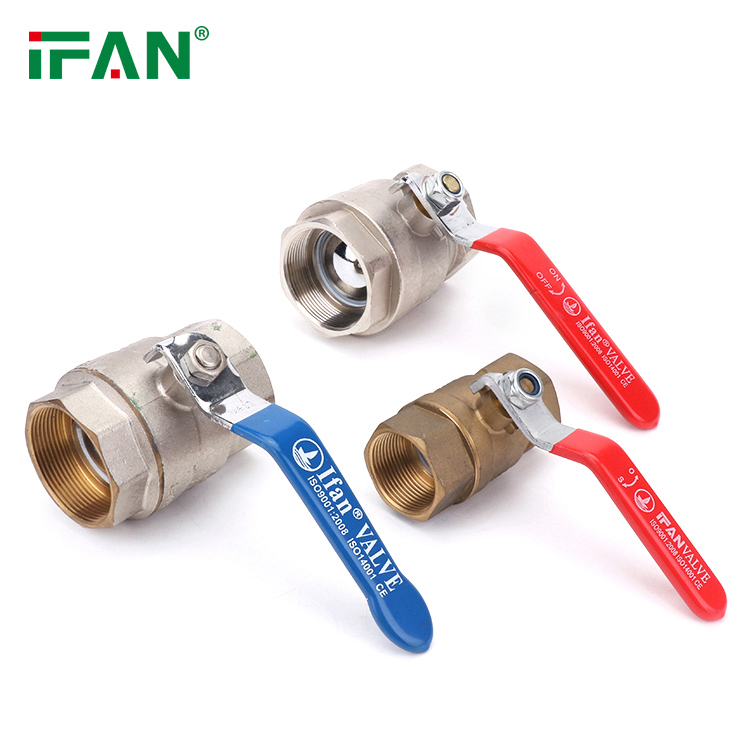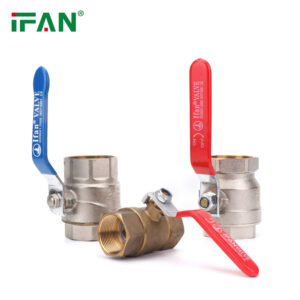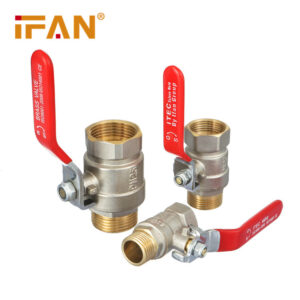Description
IFAN factory 30+ years manufacture experience support color /size customization support free sample.Welcome to consult for catalog and free samples.This is our Facebook Website:www.facebook.com,Click to watch IFAN’s product video.Compared with Tomex products, our IFAN products from quality to price are your best choice, welcome to buy!
1. Proper Valve Selection
Selecting the right brass ball valve for your application is the first crucial step in ensuring leak-free operation. Ensure that the valve’s size, pressure rating, and material compatibility match the specific requirements of your system. A valve that is too small or not rated for the operating pressure can lead to performance issues and potential leaks. Additionally, choose a valve with the appropriate end connections (threaded, flanged, or soldered) that match your piping system to ensure a proper fit. Checking manufacturer specifications and consulting with a professional if necessary can help in making the correct choice.
2. Thorough Inspection Before Installation
Before installing the brass ball valve, conduct a thorough inspection to ensure it is in good condition. Check for any visible damage, such as dents, cracks, or deformities on the valve body, ball, and stem. Inspect the sealing surfaces and threads for any debris or defects that might cause leaks. Verify that the valve operates smoothly by turning the handle or actuator to ensure it opens and closes properly. Addressing any issues before installation can prevent future problems and ensure a leak-free operation.
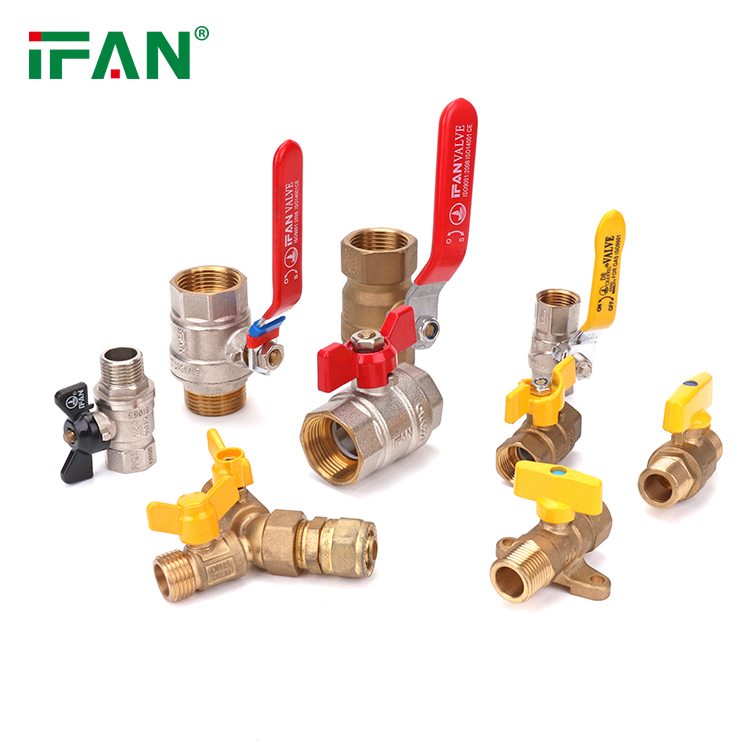
3. Proper Pipe Preparation
Proper preparation of the pipes is essential for a secure and leak-free connection. Clean the pipe ends thoroughly to remove any rust, dirt, or debris that could interfere with the connection. For threaded connections, ensure that the threads are free of damage and apply a suitable thread sealant or tape. For flanged or soldered connections, make sure the surfaces are clean and properly aligned. Using the correct pipe preparation techniques will help create a tight seal and prevent leaks around the valve connections.
4. Correct Installation Techniques
Follow correct installation techniques to ensure a leak-free operation of the brass ball valve. For threaded connections, tighten the valve to the pipes carefully using a pipe wrench, ensuring not to overtighten, which can damage the valve or the pipe threads. For flanged connections, use the appropriate gaskets and evenly tighten the flange bolts in a crisscross pattern to ensure a uniform seal. For soldered connections, ensure that the valve and pipes are properly aligned and heated to the correct temperature before applying solder. Consistent and careful application of these techniques will help achieve a leak-free seal.
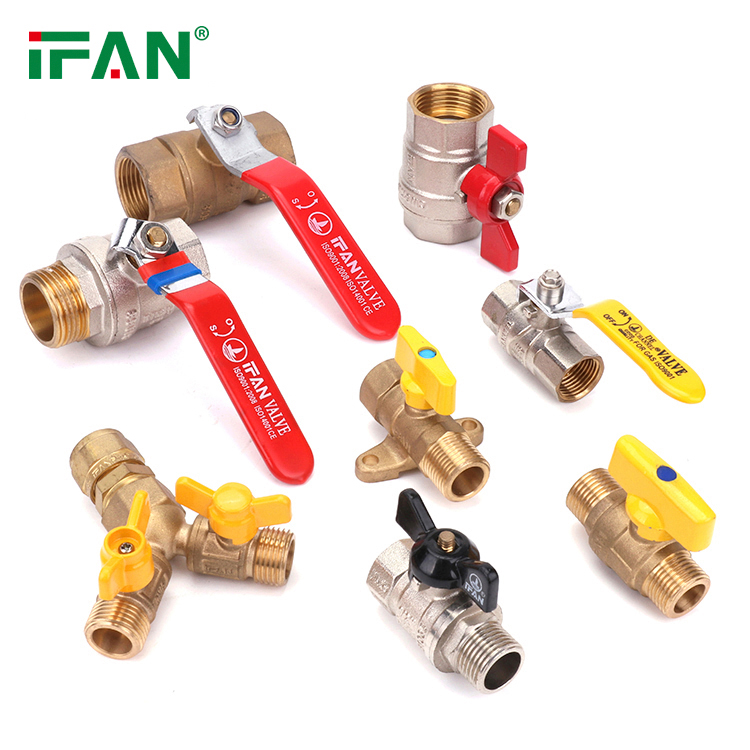
5. Post-Installation Testing and Inspection
After installation, perform a thorough testing and inspection to confirm that the brass ball valve is leak-free and functioning correctly. Turn the valve to its fully open and closed positions, then check for any signs of leakage around the connections and valve body. Test the system under normal operating conditions to ensure there are no leaks under pressure. If any leaks are detected, address them immediately by tightening connections or replacing faulty components. Regular maintenance checks and timely repairs can help maintain the valve’s leak-free operation over its lifespan.
6. Maintenance and Regular Checks
Even after a successful installation, ongoing maintenance and regular checks are essential to ensure continued leak-free operation of the brass ball valve. Inspect the valve periodically for signs of wear, corrosion, or damage. Clean the valve and its surroundings to prevent debris accumulation that could lead to leaks. If the valve is part of a critical system, consider implementing a maintenance schedule that includes routine inspections and testing. Proper maintenance practices can prolong the life of the valve and help maintain its leak-free performance.
In summary, ensuring leak-free operation of a brass ball valve involves careful selection, thorough inspection, proper pipe preparation, correct installation techniques, and ongoing maintenance. By following these installation tips, you can achieve a reliable and efficient valve operation, minimizing the risk of leaks and ensuring optimal performance in your system.
Related products
-
Ball Valve
Male Thread Brass Ball Valve
-
Ball Valve
Brass Ball Valve
-
Ball Valve
Barss Ball Valve – FM


